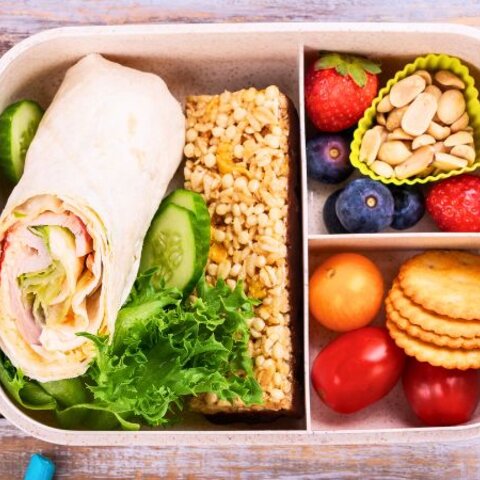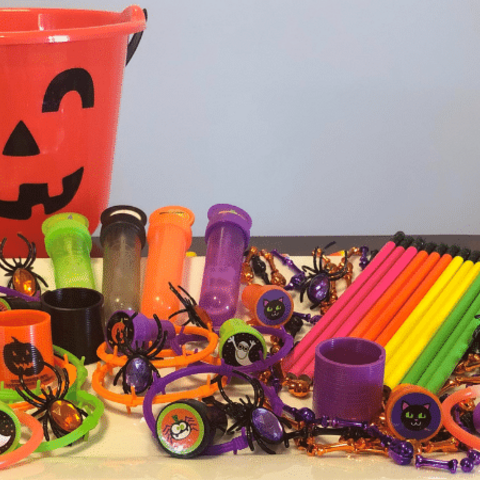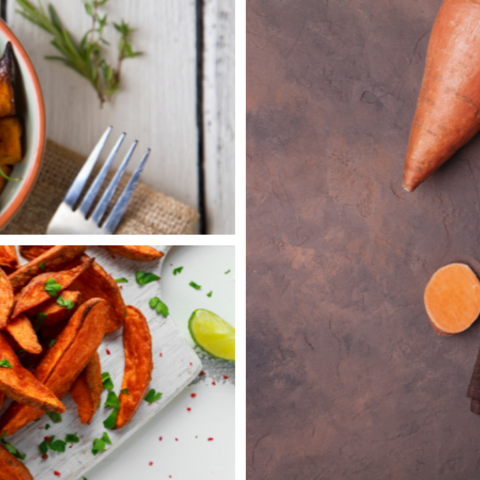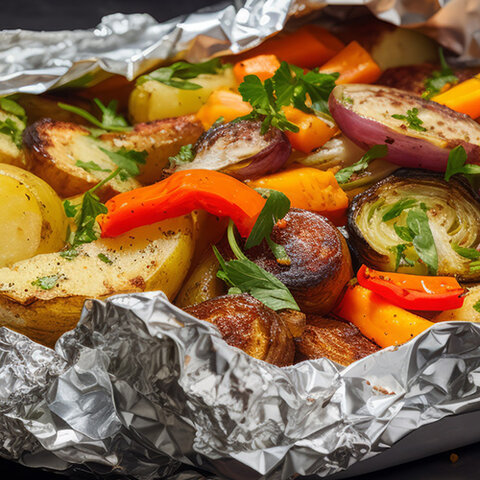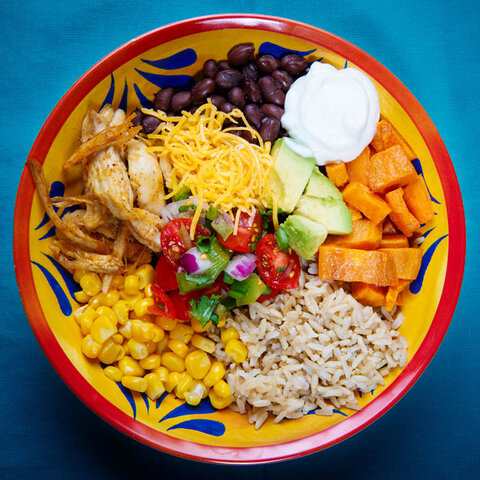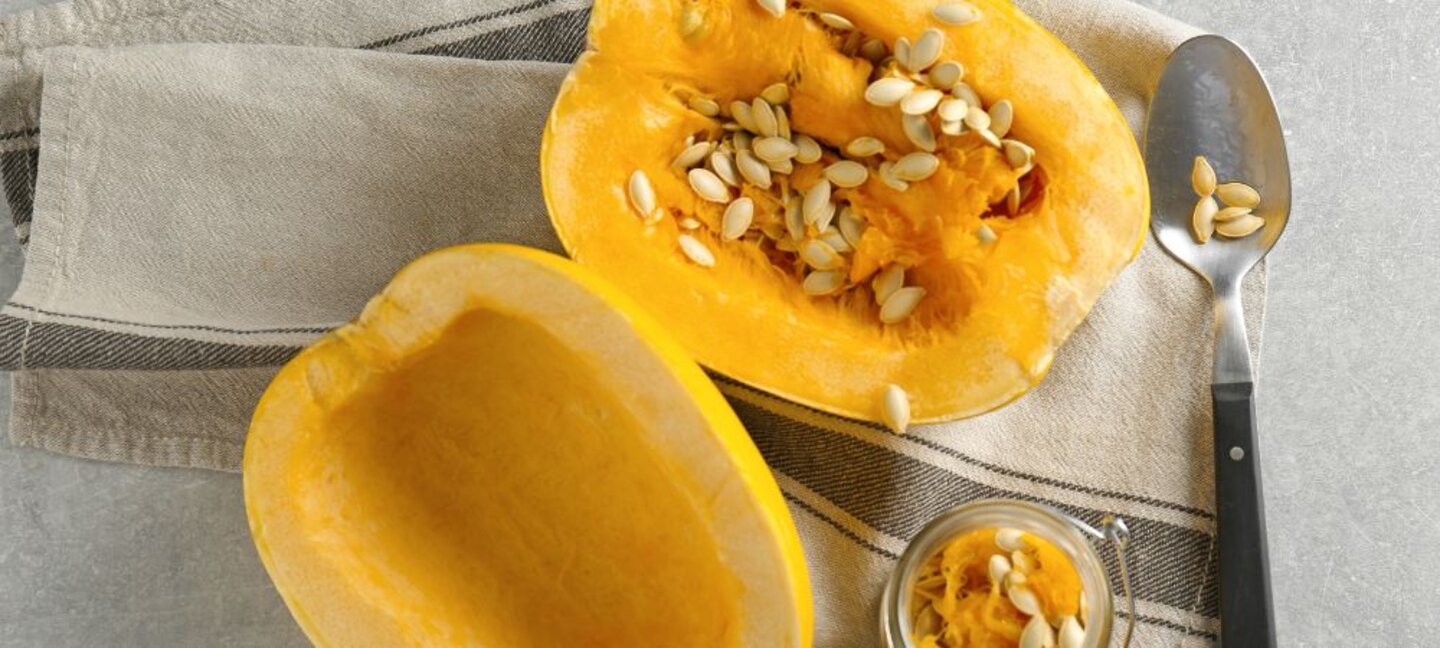
Spaghetti squash is a winter squash that is golden yellow, shaped like a small watermelon and ranges in size from 2 to 5 pounds. It is also called vegetable spaghetti. When cooked, the flesh separates in strands that resemble spaghetti pasta with a mild flavor.
Nutritional Value: One cup of cooked spaghetti squash provides about 42 calories, 10 grams of carbohydrates, and other nutrients such as vitamin A and potassium. Vitamin A is important for wound healing and helping maintain normal immune function. Potassium helps your nerves to function and muscles to contract.
Selecting a squash:
- Summer squash is harvested and eaten while the skin is still tender while winter squash grows a thick skin, which helps it to stay fresh longer.
- Select winter squash that are heavy for their size. Avoid winter squash that have moist, black, or shriveled stems.
- Winter squash has a long shelf life and if kept in a dry place between 55 and 60 ºF, will store for up to 3 months.
- Kids are more likely to eat a new food if they can explore with their fingers. Making squash bites is a great new finger food!
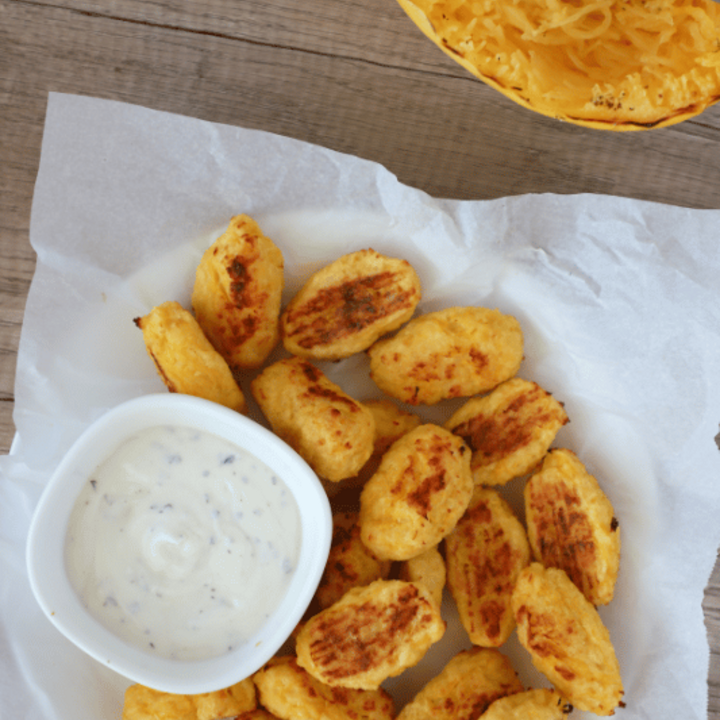
Super Spaghetti Squash Bites
Download Handout Spanish Handout- 1 small spaghetti squash, scrubbed with a clean vegetable brush under running water
- 1 egg
- 1 cup panko bread crumbs*
- ½ cup grated Parmesan cheese
Directions:
- Wash hands with soap and water. Preheat oven to 400 ºF.
- Cut squash in half lengthwise and scoop out seeds. Place on a baking sheet, cut side down.
- Bake in oven for 40 minutes or until tender.**
- The squash is done when a fork easily pierces the skin and goes into the flesh. Let cool and scoop out the flesh.
- Break egg into a medium-sized bowl. Wash hands with soap and water after cracking raw egg. Add 1½ cups of the cooked squash, bread crumbs, and cheese. Stir until thoroughly combined.
- Line a baking dish or cookie sheet with parchment paper. Scoop 1 tablespoon squash batter to form bite-size nuggets. Place squash nuggets on prepared dish. Wash hands with soap and water.
- Bake 15-20 minutes until bottoms are golden brown. Flip and bake another 3 minutes until golden.
- Store leftovers in a sealed container in the refrigerator for up to four days.
*Regular bread crumbs, or crushed cracker crumbs can be used instead of panko bread crumbs.
**For a quicker option, you can cook the squash in a microwave. Place it cut side down in a microwave-safe dish with ½ cup of water. Cover with a lid or microwave-safe plastic wrap and cook on high for 8-12 minutes, or until tender.
Nutrition Information:
- Serving Size (4 Bites):
- Calories: 120
- Total Fat: 3.5g
- Saturated Fat: 1.5g
- Cholesterol: 40mg
- Sodium: 230mg
- Total Carbohydrates: 17g
- Fiber: 1g, includes 1g Added Sugars
- Protein: 6g
- Calcium: 6%
- Potassium: 2%
Sources:
Potassium, Medline Plus
Winter Squash, SNAP-ED Connection
This newsletter was written by Brenda Aufdenkamp and has been peer-reviewed. It was updated in 2025.
Tags:
